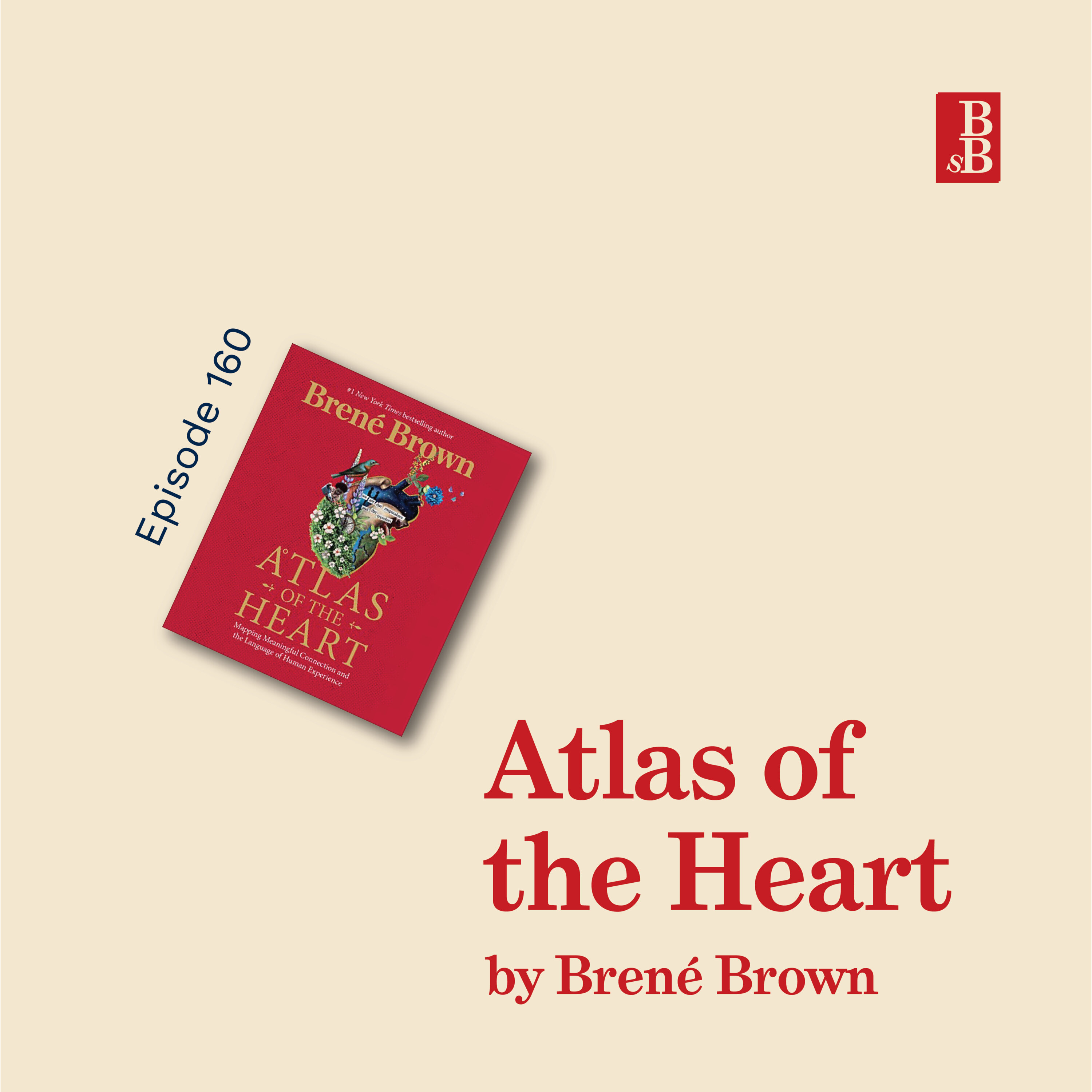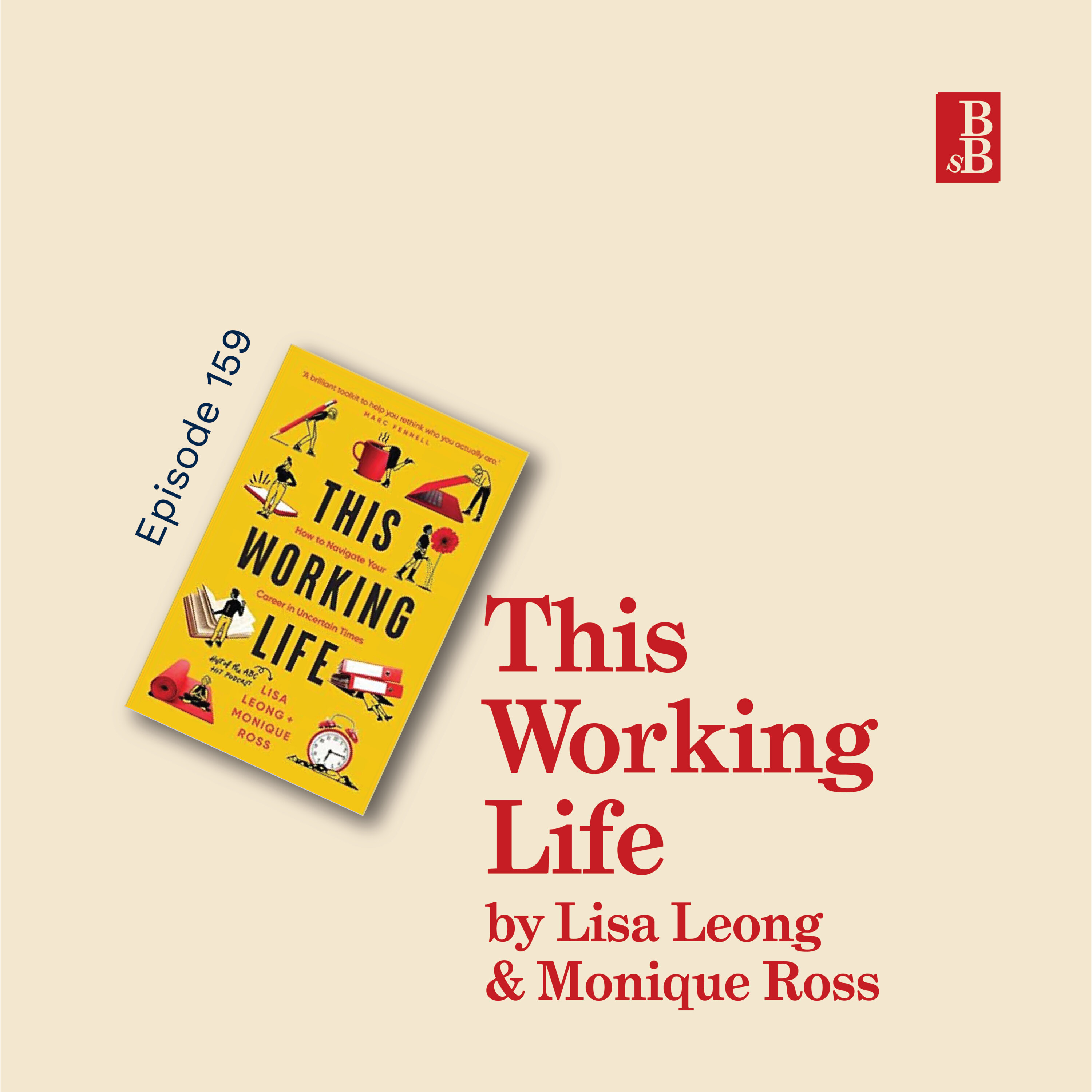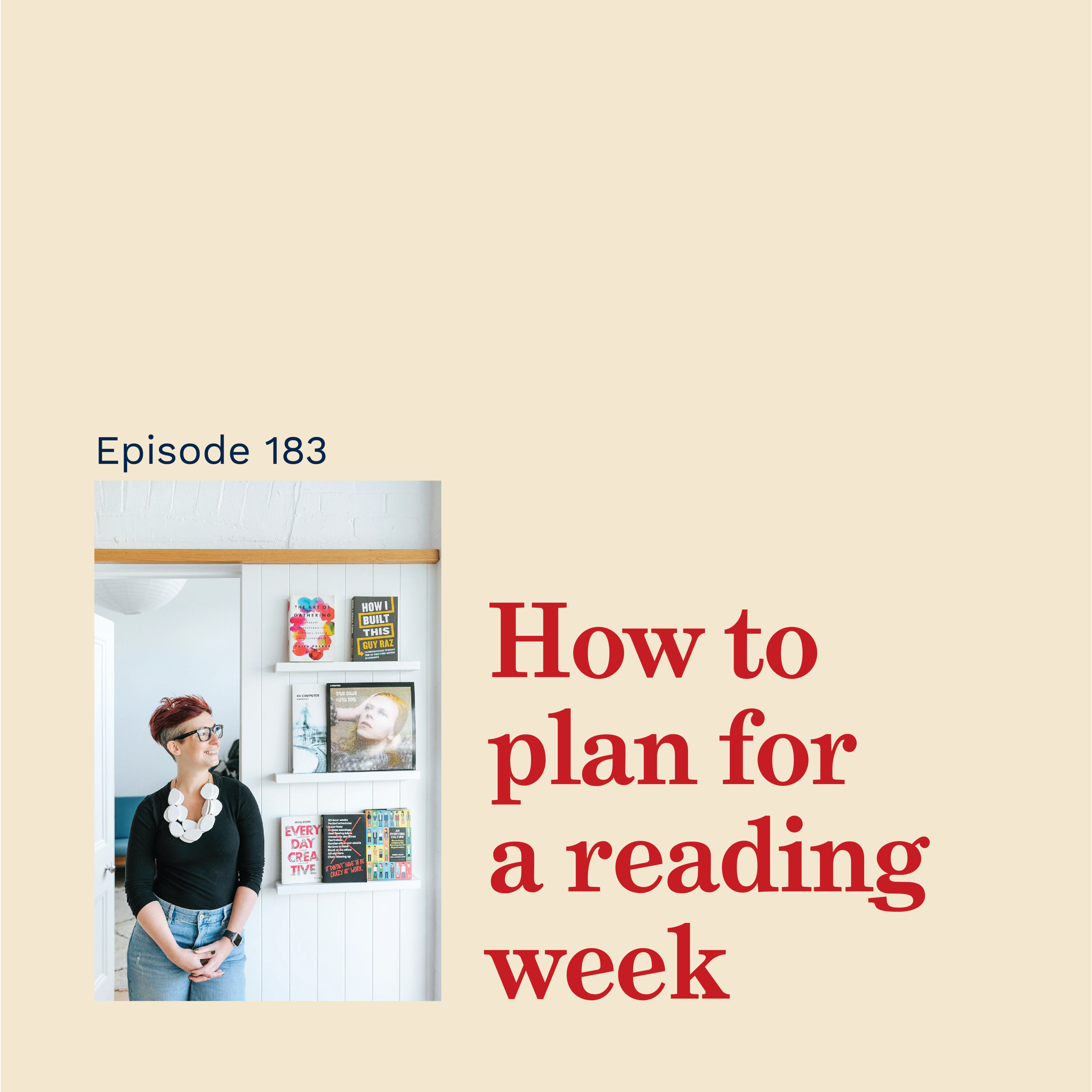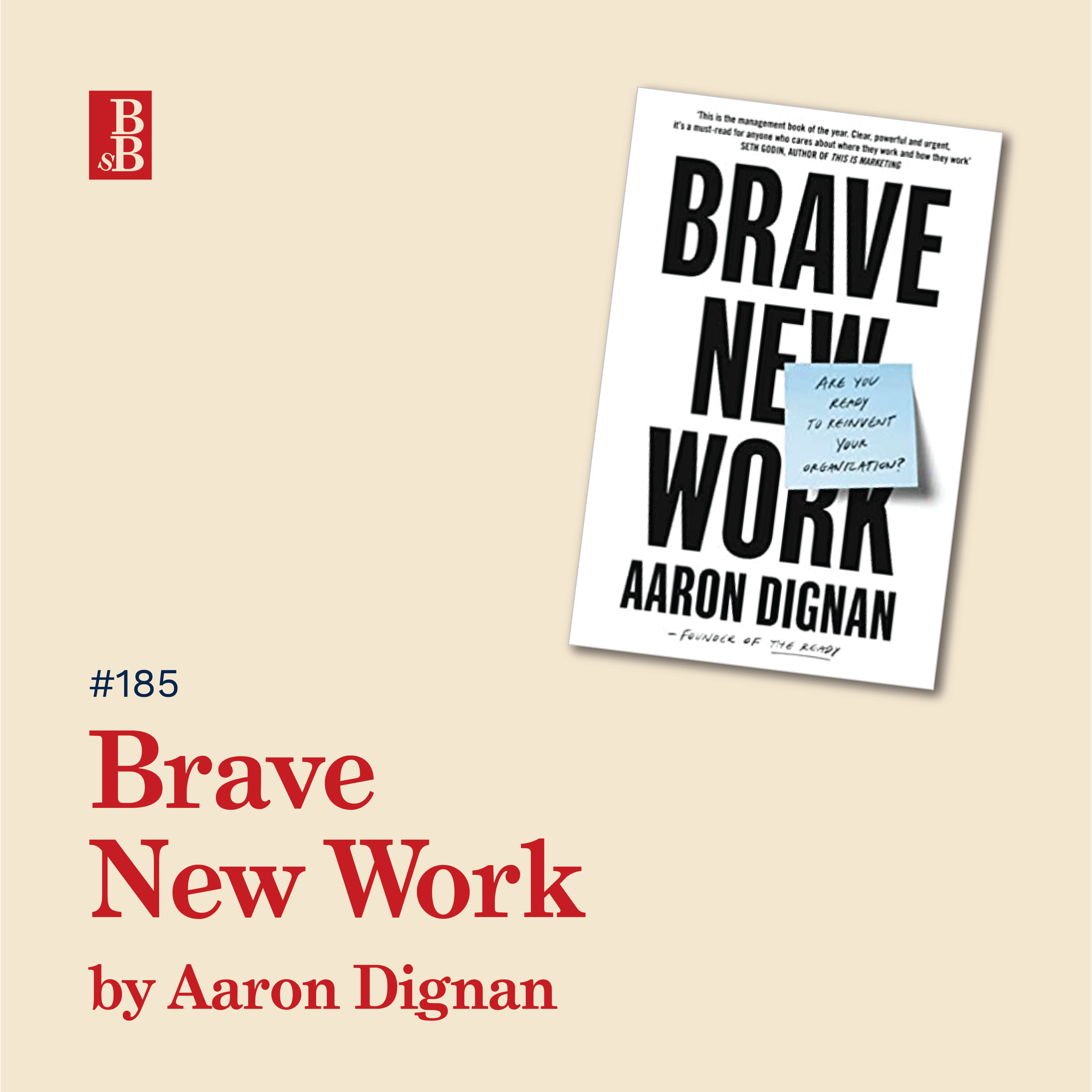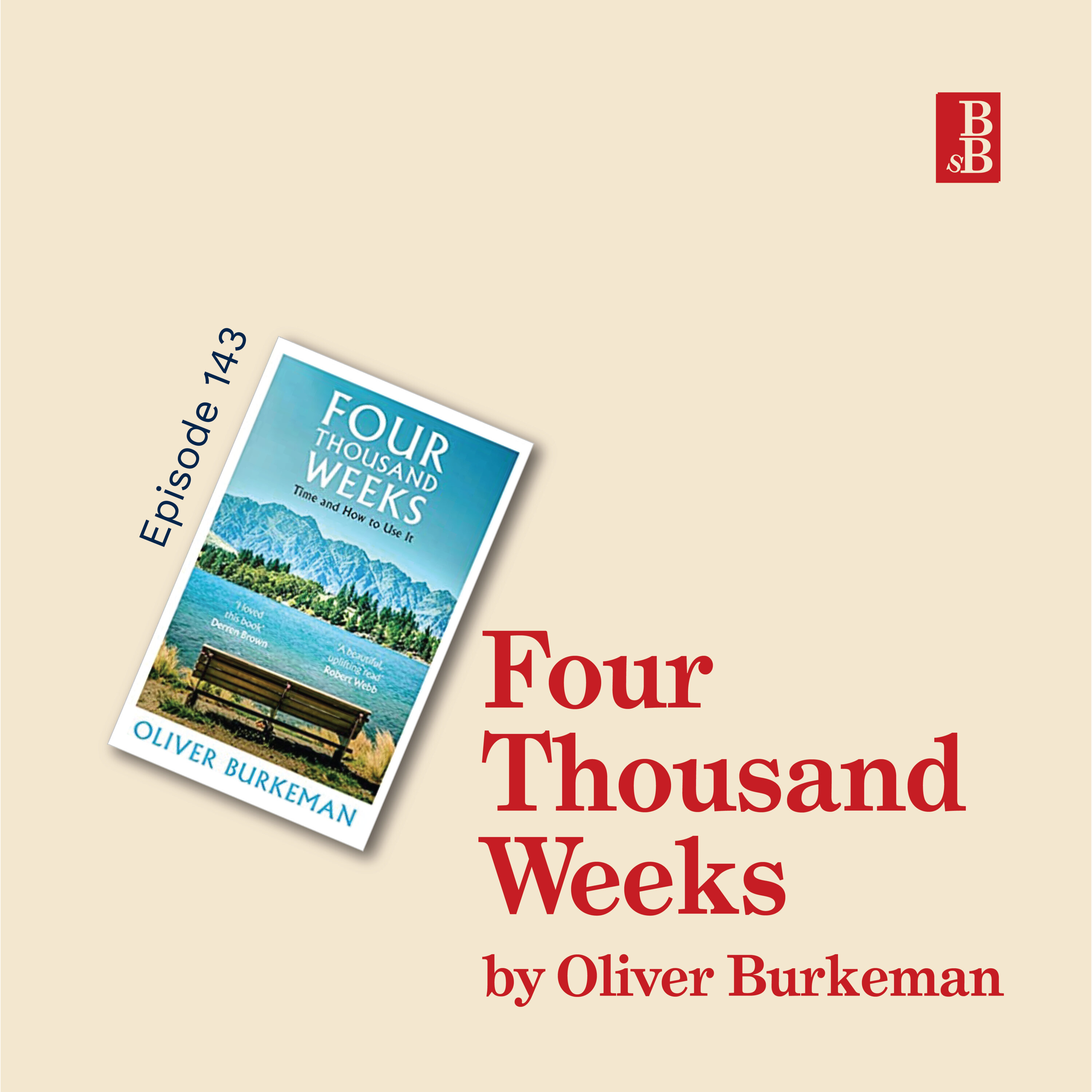This Working Life by Lisa Leong & Monique Ross: how to reimagine work for the better
About the book
You spend most of your waking life working — a jaw-dropping 90,000 hours for the average person. You deserve to feel joy during that time. But how?
This Working Life empowers you to experiment in the lab of life. You’ll reflect on your highs and lows, harness your superpowers and pinpoint your guiding values. You’ll learn the importance of empathy as you craft a job or curate a portfolio career that can grow with you. You’ll unlock the power of rituals, community and self-care, and build resilience that will help you face life’s inevitable curveballs.
Lisa and Monique get personal, sharing hard-won learnings from their own lives. This Working Life also features insights from world-leading thinkers like Dorie Clark, Jeremy Utley and Dan Klein, and practical activities to help you take action.
Source: https://www.hardiegrant.com/
About the authors
Lisa Leong is the host of ABC Radio National’s This Working Life. She is a former corporate lawyer and ABC Eyre Peninsula breakfast presenter whose purpose as a broadcaster, media commentator and master facilitator is to help people find the sunshine in work, in relationships and in themselves. Her work and unique approach has been the subject of a Harvard Case Study and TEDx Talk: ‘Can robots make us more human?’ She is a graduate of the Customer-Focused Innovation program of Stanford University’s GSB and the Stanford .school, the Australian Film Television and Radio School, and the University of Melbourne Law School. Her superpowers are curiosity, creativity and delivering key messages by way of song.
Monique Ross is a freelance journalist, writer and editor who has previously worked for ABC News Digital and ABC Radio National. She is also a certified Nature and Forest Therapy Guide, and the founder of Heartwood Nature Bathing, based in Brisbane/Meanjin. Her superpowers are connection, organisation, grit and making pasta disappear.
Source: This Working Life book cover
Big idea #1 — There’s not one answer
There’s not one answer to work, and there’s certainly not one career path. This is not a book of hacks, or a plan, or a process, or a methodology, or a single model per se. It’s more of a set of mindsets and thought-starters on how to (re)think work in the modern age.
It challenges the idea of a ‘job for life’, and encourages us to think about building skills that are transferable, and a career that’s more fluid and ever-changing. At the heart of this is a mindset of learning and experimentation, not an answer or a particular path for everyone that everyone should take.
There’s a lot of experimentation woven into the book in little sections called ‘lab experiments’, with ideas that you can put into practice including building a portfolio career, finding a mentor, and everything in between. The important point is that you do have options and you can change things. You can make tweaks by practicing job craft, you can pivot by adding strings to your bow or building a portfolio career, or you can completely reinvent by having a career change. Lisa and Monica give plenty of their own examples of tweaks, pivots, and reinventions they’ve had through their careers.
One of the most important things about this book is it really just show the art of the possible. It’s so easy to feel like you ‘can’t’ do these things, or ‘can’t’ change something about how you work. But how much of that is actually you holding yourself back; writing off things without really testing them, experimenting, and pushing a little bit more.
Big idea #2 — Category of one
This was one of my favourite ideas in the book. It’s the idea of being a category of one by leveraging your unique experiences, strengths, and values so that you (and only you) can add your own magic and impact to your work.
First you need to know what your strengths, values, and experiences are. This is important so that you can then develop them and use them with a bit more purpose and intent.
The life flow exercise in the book is a great exercise in the book where you look at the the highs and the lows of your life and career to see what those trends and themes are. You get to find the common denominator of when you’ve been really satisfied with your work or life, which means you can design your next move around having more of those elements.
This mindset of a category of one also allows you to stand out and can stop comparisonitis because if you’re a category of one, there’s no point comparing yourself or your path or your skills to other people, because they are a different category of one.
Being able to play your own game is also very freeing, and much healthier than constant comparison. It allows you to embrace a more infinite mindset rather than playing the finite games (despite the fact that organisations are often set up to pit us against each other when it comes to annual reviews etc).
Finally, thinking in a ‘category of one’ mindset can be the thing that allows you to successfully create and/or design a role, knowing what your strengths are, where you’re going, and what your unique individual path is.
Big idea #3 — Work/life coherence
Work/life balance makes my eyes roll back in my head, so I was very pleased to see for once a different approach in here.
Lisa and Monique challenge the idea that work and life should be separate. It often feels like more stress to try (and fail) do that. A coherence, on the other hand, is about finding more of a unified whole, or a connectedness between work and life.
They say that if balance draws a line between work and life, coherence starts to unify those two sides, and they become more interconnected, in flow and flexible to change. For work/life coherence to work, we need to remove guilt and presenteeism and instead focus on what actually matters.
There’s a two way exchange of course, and requires transparency in your team or organisation. At an individual level we need to be able to self-regulate, we need to better help ourselves focus and be present so that when we’re doing work, we are doing work, and when we were at home, we are doing that thing. Coherence doesn’t work if one are is always spilling into the other.
It takes boundaries, it takes self-awareness, it takes self-regulation. And of course, transparency in order for this to work.
Support my book habit: https://www.buymeacoffee.com/stephsbookshelf
See omnystudio.com/listener for privacy information.
Hey, have you subscribed to the bookmark newsletter? If you liked this, you might like my twice-monthly email with book reviews and ideas of what you should be reading, and listening to, next. Click here to subscribe.













